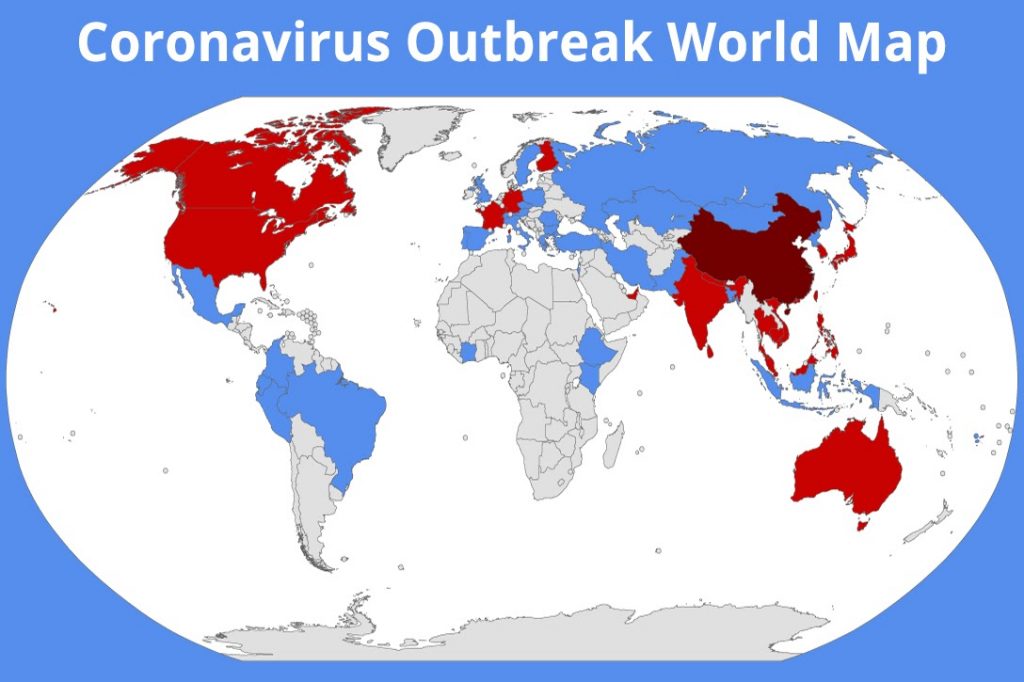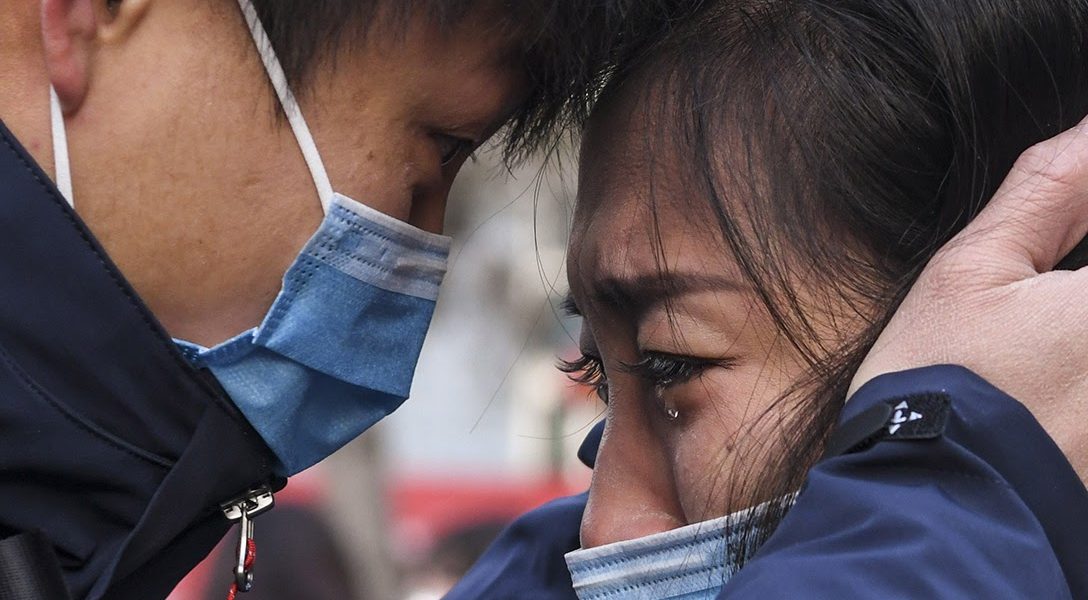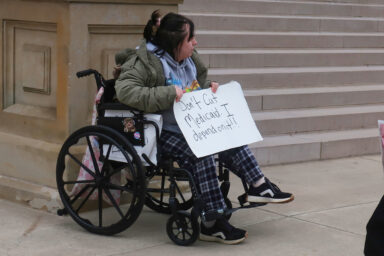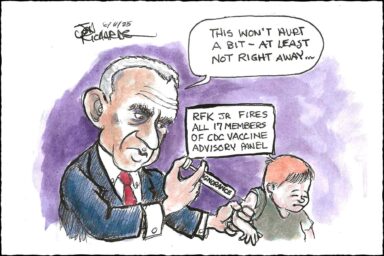What you need to know about the coronavirus and how it is spreading.
A virus moving at a rapid pace through China — and through the rest of the world more slowly — may soon arrive in your neighborhood, depending on where you live.
So far, when those who are otherwise healthy become infected, they tend to develop relatively mild cases, but the situation is rapidly evolving — and the complete clinical picture is not yet clear.
Here’s an amazing tale from the latest New England Journal of Medicine that shows how mysterious that clinical picture is:
A woman from Shanghai went on a short trip to Germany. She had absolutely no symptoms of any disease, not even those of a cold. On January 20 and 21, she had meetings with two German colleagues, then flew back to China the next day.
On January 24, one of the Germans came down with a sore throat, chills, and sore muscles. The following day, he developed a fever and cough. But by January 27, he felt better. Soon after, the other German had a similar experience.
The woman had begun to show symptoms on the plane and, four days later, her diagnosis was confirmed. After she reported the people she had had contact with, the German businessmen were tested. They, too, had the virus. And though they were both recovering, the sputum of one of them contained a “high viral load.” So he would be highly contagious.
On January 28, two more co-workers of the businessmen tested positive for the virus. All four were put into an infectious disease unit for monitoring and isolation.

Scared? Arm yourself with knowledge.
- You can get it from an infected person who has absolutely no symptoms yet. Not even a fever. This means that screening for infected travelers by airports is not very effective: “If this virus can be transmitted without causing fever, then it’s easier for the infection to travel globally because it can simply stay under the radar for a while,” said Ramanan Laxminarayan, director of the Center for Disease Dynamics, Economics & Policy in Washington, DC.
- Airborne germs settle on surfaces. Touch that surface, then touch your eyes, nose, mouth, or other open place on your body, and you can catch the disease. This is why there is so much emphasis on handwashing.
- The early symptoms are the same as those of the common cold — runny nose, sore throat, cough, headache, muscular aches and pains, shortness of breath. That means the sneezing, sniffling person sitting next to you may — or may not — be a danger to you.
- If you are fairly young and strong, you can get the disease but not necessarily a bad case. According to the Centers for Disease Control (CDC), “human coronaviruses can sometimes cause lower-respiratory tract illnesses, such as pneumonia or bronchitis [which can be fatal]. This is more common in people with cardiopulmonary disease, people with weakened immune systems, infants, and older adults.”
- Depending on where you live, the most likely place to get any infectious disease is at a healthcare facility where a large number of sick people are in close proximity.
- Besides washing your hands often, you can protect yourself — up to a point — by wearing a face mask.
Masks
There are two kinds of masks — those you wear primarily to protect other people from your germs, and those you wear to protect yourself from theirs. The “N95 particulate respirators” are supposed to provide the strongest protection, but they are hard to find and require training to use. You can go here for a list of manufacturers posted by the CDC.
According to a recent large study, the less expensive, less complicated “surgical masks” work just as well as respirators, but who knows what future studies will prove?
Here are three videos that should help clarify the issues described above. The first includes an excellent talk by Dr. Amesh Adalija, Senior Scholar, Johns Hopkins University Center for Health Security, and expert in infectious diseases.
Will a Mask Really Protect You From Coronavirus? (3:56)
The Difference Between Respirators and Surgical Masks (5:36)
Protect yourself from the China coronavirus: How to wash your hands
and wear masks properly (5:48)
Related front page panorama photo credit: Adapted by WhoWhatWhy from Phys.org.



